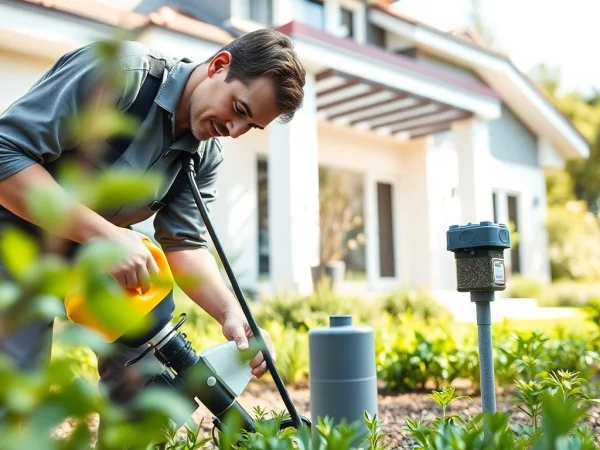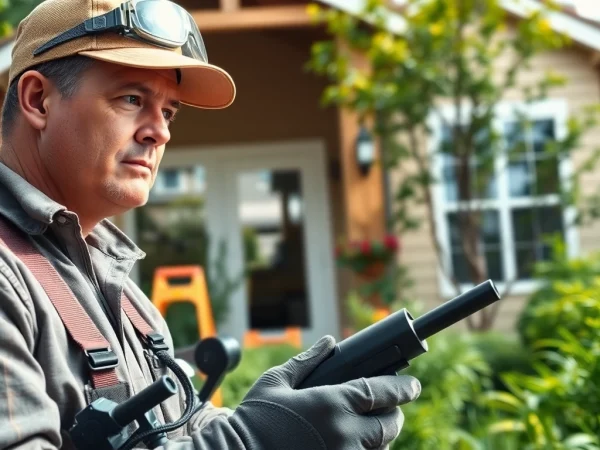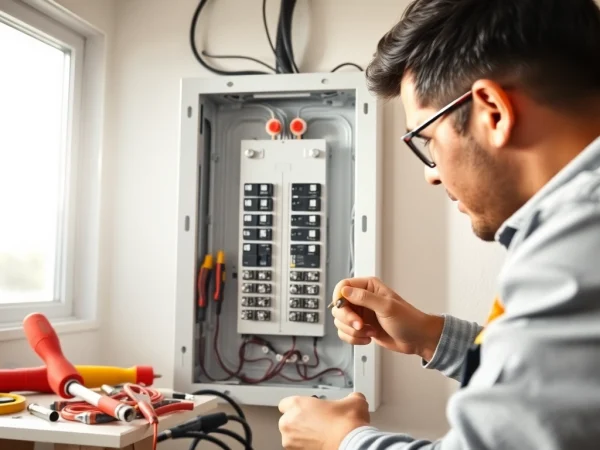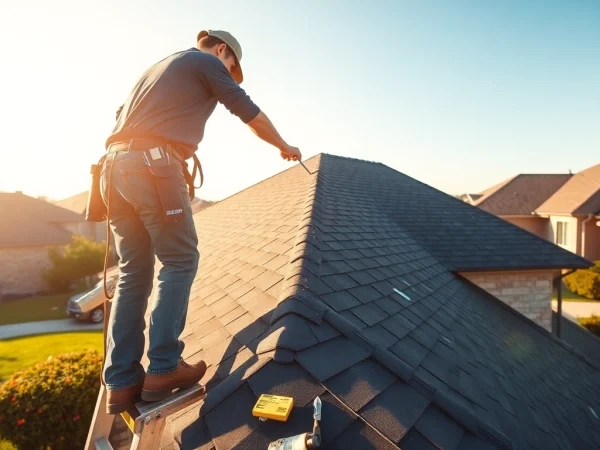Expert Insights on Effective Termite Treatments for Home Protection
Understanding Termite Treatments
Termites are often referred to as the “silent destroyers” because they can chew through wood, insulation, and even the foundations of your home without any immediate signs. This devastating ability highlights the importance of being proactive with termite treatments to protect your property from potential damage. In this article, we will delve deep into what termite treatments involve, the different types of termites and their specific treatments, how to identify signs of a termite problem, and much more. Let’s begin by understanding the core of termite treatments and their significance in pest management.
What Are Termite Treatments?
Termite treatments refer to various methods used to eradicate and manage termite infestations in residential and commercial properties. These treatments aim to eliminate existing termite colonies, protect buildings from future infestations, and repair damage caused by termites. The main treatment options vary depending on the type of termite, the severity of the infestation, and the specific needs of the structure being treated.
Types of Termites and Their Specific Treatments
Understanding the types of termites is crucial, as there are three main species that commonly damage properties:
- Subterranean Termites: The most common and destructive type of termite, subterranean termites live underground in colonies. Treatments often involve the application of liquid termiticides to create a barrier in the soil around the foundation.
- Drywood Termites: These termites live in wood and do not require contact with the soil. Fumigation, heat treatments, or localized insecticide injection are typical methods to eliminate them.
- Dampwood Termites: Prefer moist wood, making water-damaged structures their target. Treatments include correcting moisture issues and using borate wood treatments.
Signs You Need Termite Treatments
Knowing the signs of termite infestation can help in early detection and management. Key indicators include:
- Evidence of termite tubes or tunnels, usually found in basements or crawl spaces
- Hollow-sounding wood when tapped, indicating potential damage inside
- Discarded wings from swarming termites near doors and windows
- Visible frass (termite droppings), which resembles small wood pellets
Common Methods for Termite Control
There are several methods professionals use for termite control, each suitable for different types of infestations and property conditions. Below are some of the most common techniques:
Liquid Barrier Treatments
Liquid barrier treatments involve applying a termiticide (pesticide formulated specifically for termites) to the soil around the foundation of a property. This treatment creates a chemical barrier that prevents termites from infiltrating the structure. It’s often part of pre-construction treatments as well as in existing homes.
Baiting Systems
Termite baiting systems are installed around the perimeter of the property. These systems use slow-acting insecticides that termites ingest and then share with their colony members, effectively reducing their numbers over time. Baiting systems require regular monitoring and maintenance to ensure effectiveness.
Fumigation Techniques
Fumigation is a more extensive treatment method typically used for severe infestations, particularly with drywood termites. This process involves enclosing the building and filling it with a gas that penetrates wood and eliminates termites. Follow-up inspections and preventative measures are essential after fumigation.
DIY Termite Treatments: Pros and Cons
Some homeowners may consider tackling termite issues through do-it-yourself (DIY) methods. While this can be a cost-effective approach, it has its limitations and risks.
Popular DIY Methods
Common DIY methods for termite control include:
- Using over-the-counter insecticides: These include sprays and foams designed to kill termites on contact or create barriers.
- Setting bait traps: These can be effective in reducing termite populations if used properly and monitored.
- Boric acid treatments: This natural insecticide can be applied directly to wooden structures or used in bait formulations.
When to Call a Professional
While DIY methods may suffice for minor infestations, calling a professional pest control company is advisable for significant infestations. Professionals have access to more effective treatments, proven methods, and the ability to identify hidden infestations that homeowners may miss.
Cost Analysis of DIY vs. Professional Services
The cost of DIY treatments can range significantly based on the methods used and the size of the infestation. Generally, DIY products cost less upfront but may lack the long-term effectiveness required for total eradication. In contrast, professional services usually have higher initial costs but offer guarantees and more comprehensive solutions for termite control.
Preventative Measures for Future Infestations
Once you have dealt with a termite problem, it’s crucial to take steps to prevent future infestations. Here are some best practices:
Maintaining a Termite-Free Environment
Keeping your property well-maintained helps deter termites. This includes:
- Regularly inspecting your home for signs of moisture damage and leaks, as termites are attracted to damp wood.
- Ensuring wood piles and debris around your home are removed or stored away from the foundation.
- Trimming trees and shrubs away from the structure to minimize access points for termites.
Regular Property Inspections
Scheduling regular inspections by pest control professionals can help in early detection of termite activity. These inspections are typically recommended annually, with more frequent inspections strongly advised in areas with a history of termite problems.
Utilizing Physical Barriers
Physical barriers can be installed during construction or renovation of a home to prevent termite access. Some effective options include:
- Steel mesh or sand barriers placed around the foundation
- Crushed rock or gravel that termites cannot easily tunnel through
- Concrete foundations and exhaust systems that monitor moisture levels
Case Studies of Successful Termite Treatments
Examining real-world examples of effective termite treatments can provide valuable insights into best practices and strategies.
Residential Case Studies
Numerous homes have successfully eradicated termite infestations through a mix of bait system installations followed by regular inspections and preventative treatments. For instance, a family in California reported a 95% reduction in termite activity after implementing a combined treatment plan over the span of 18 months.
Commercial Property Treatment Strategies
Commercial properties tend to have more complex structures and require tailored treatment strategies. A hotel in Florida adopted a fumigation strategy that incorporated guest safety measures. Following the treatment, the hotel implemented a proactive monitoring system, which reduced pest complaints by over 70%.
Analyzing Long-Term Effectiveness
Long-term studies have shown that properties implementing an integrated pest management approach—combining biological, cultural, physical, and chemical strategies—reduce recurring infestations by up to 50%. This holistic method not only addresses immediate concerns but also builds resilience against future termite threats.
Conclusion
Termite treatments play a crucial role in safeguarding properties from damage that can jeopardize their structural integrity. With a vast array of treatment options and prevention strategies available, understanding each method allows homeowners to make informed decisions. Whether you choose to pursue professional assistance or opt for DIY solutions, early detection and proactive measures are key in maintaining a termite-free environment.










